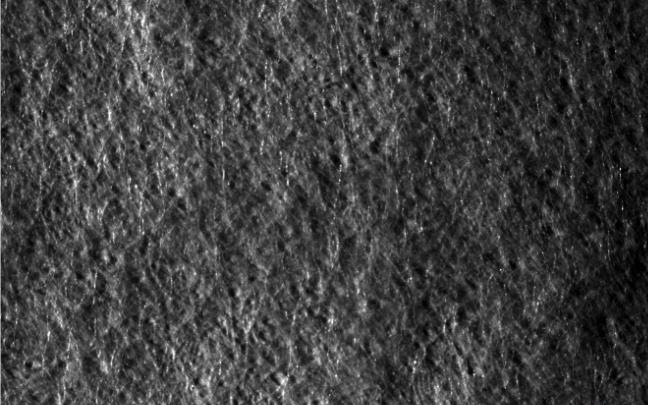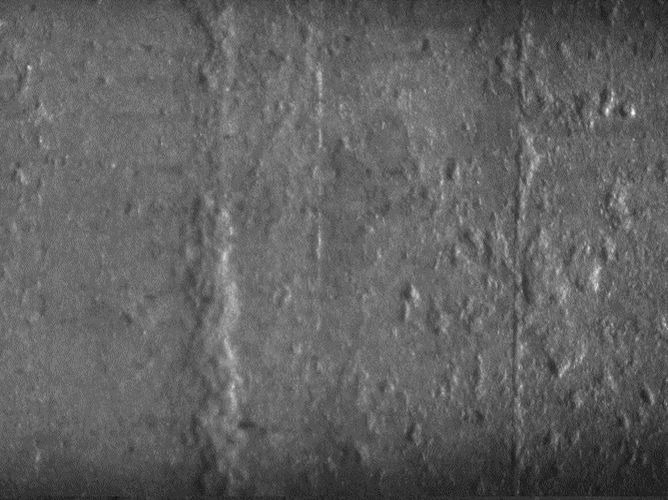Sponsored by CavitarReviewed by Louis CastelDec 13 2022
Monitoring the surface topography of webs (e.g., paper) or metals (e.g., slab) is a key part of several manufacturing applications that helps detect errors to support good quality control. Detecting flaws in the surface early on helps to immediately address problems and limit the amount of scrap produced.
Real-time monitoring can, therefore, be a valued asset in paper, metal, and process industries.
Conventional vision-based monitoring meets several unique challenges when processes are conducted at high speeds or contain hot objects. Due to the rapid speed of numerous industrial webs, such as those in paper manufacturing, motion blur significantly limits small flaws detection.
Conversely, hot object processes, such as hot metal rolling in foundries, can conceal important information behind the material’s heat glow.
CAVILUX lasers produce short pulses of high power and high spectral brightness, which generally eradicate all issues related to motion blur or disturbing thermal light from the hot object.
Fast and hot webs can be reliably monitored, facilitating rapid error detection and limited amounts of scrap.
Paper Webs

Image Credit: Cavitar
Paper web advantages include:
- Comprehensive topography and defect information
- Clear images with no motion blur, even with rapid speeds and greater magnification
- Recommended product: CAVILUX OEM
Hot Metal Rolling

Image Credit: Cavitar
Benefits of hot metal rolling include:
- Clear topography and defect data
- Observe the process as cold despite thermal radiation
- Recommended product: CAVILUX OEM

This information has been sourced, reviewed and adapted from materials provided by Cavitar.
For more information on this source, please visit Cavitar.